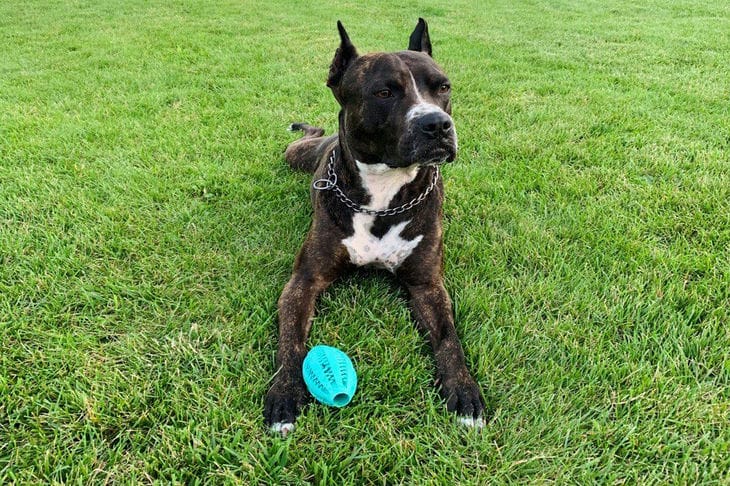In the summer, we all want to travel more often, but what should people who have four-legged pets do?
Of course, take them with you! Today we will talk with dog trainer Diana Belyaeva about what you should definitely consider if you want to keep only good memories from your trip.
Dogs are naturally very curious animals, so visiting and exploring new places will only make them more confident and cheerful.
And the first thing that owners need to consider is whether the resting place is suitable for the pet. Consider the individual characteristics of the pet - fears, excitability and aggression.
Check local hotels/camps - do they allow pets, do they have a walking area, read local rules.

Once the direction has been chosen, it is worth starting to adapt the dog to the carrier and the car, if you are going on a road trip. It should be understood that this is not a quick process, so it is better to seek help from a specialist so as not to harm the animal.
Don't forget to collect all the necessary documents and make sure your dog is up to date on all vaccinations! To another country, you will need an international veterinary passport, a chip, a mark on the treatment against parasites and an antibody test. Find out more from the host party.
Visit your veterinarian before your trip and get recommendations and medications if needed.
Before your trip, gather everything you need for your pet: a supply of clean water, a collapsible bowl/drinker, food, canned food, favorite toys, treats, grooming accessories, and a first aid kit.
Naturally, do not forget about safety measures - use a carrier or a special belt for dogs in the car. The latter will help in case of sudden braking of the vehicle.
Don't leave your dog alone in the car. If your dog doesn't sleep on the road, is restless, or shows signs of stress (rapid breathing, drooling, whale eye, etc.), keep it occupied with a chew toy or lick mat.
You can give a yogurt/sour cream jar to lick to calm your pet. Make regular stops every 3-4 hours for hygiene procedures and to "stretch out".
Upon arrival in a new place, be sure to organize a resting place for the dog in a secluded, impassable place where no one will disturb it.
You can turn on some soothing music. Your pet may need more rest than usual after the trip, so if your dog sleeps longer than usual, don't sound the alarm too early.
Otherwise, keep your normal daily routine - feeding time, morning and evening walks. Keeping to routine rituals will help your dog adapt to a new place faster.









